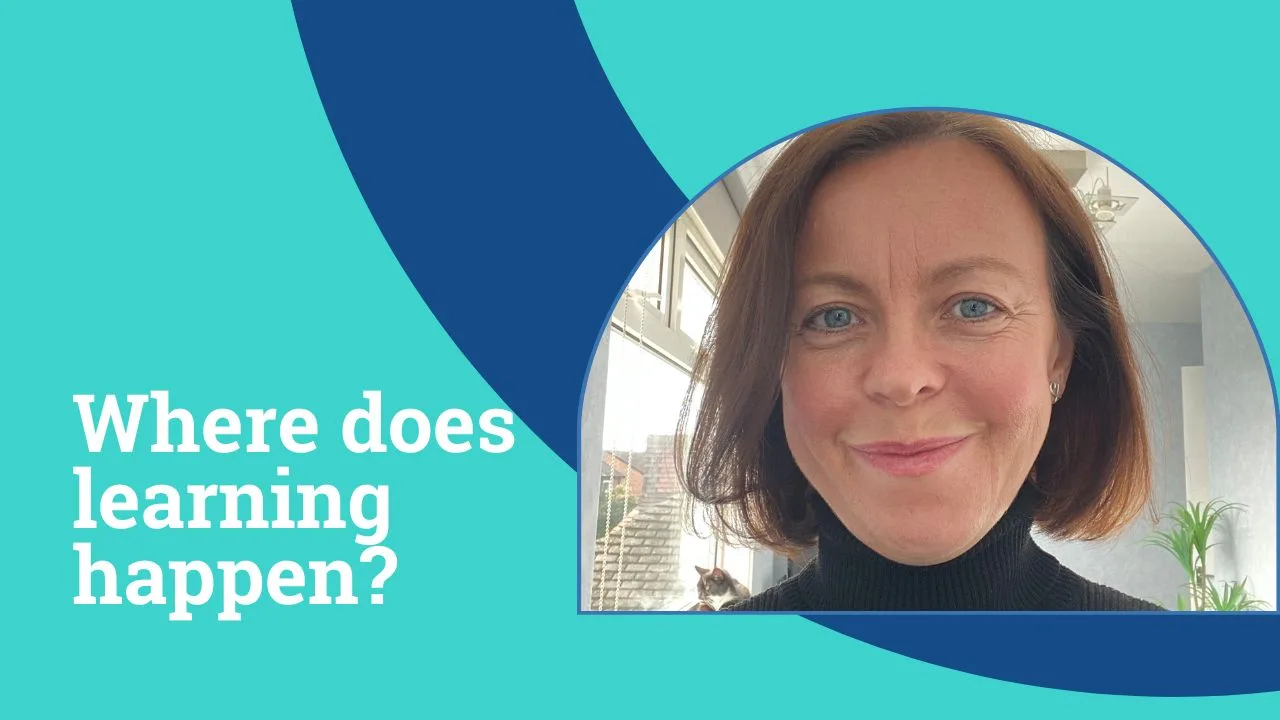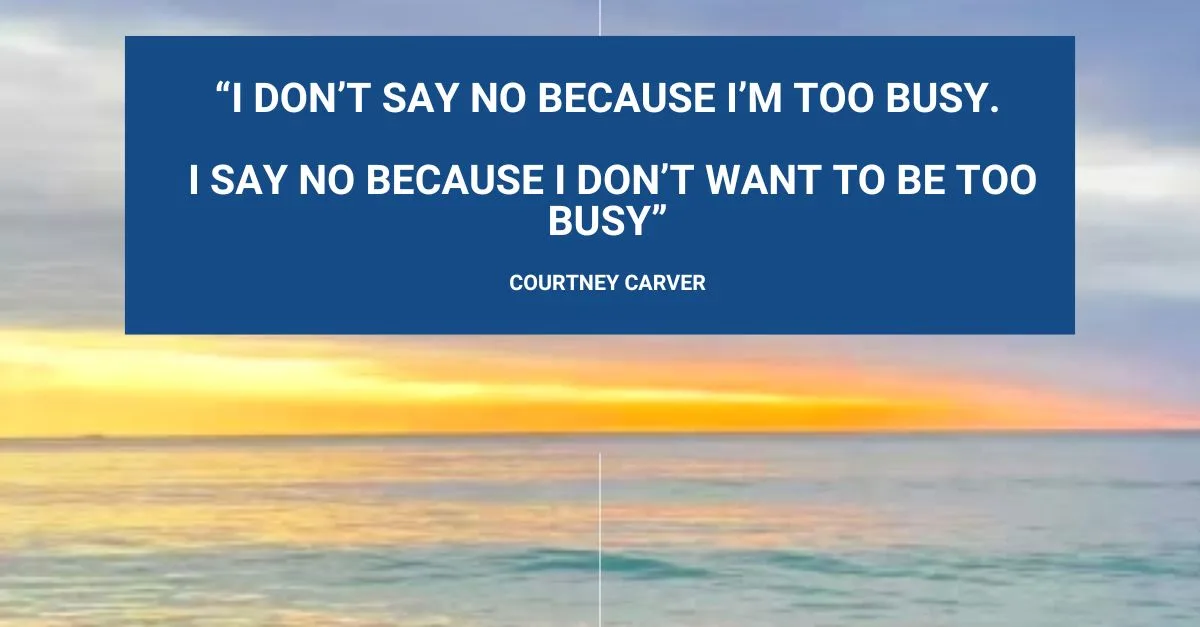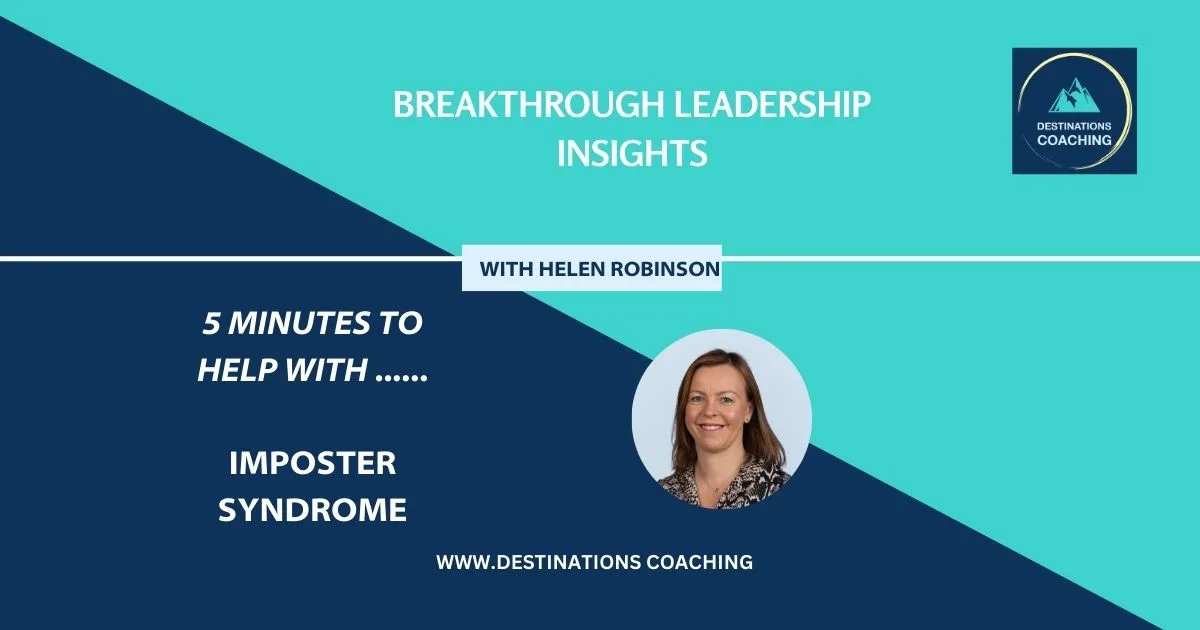As I sit in my office at the start of October, sunlight filters through the blinds, creating a warm glow despite the coolness in the air. I’ve got my seat heater on, a comfort in these transitional days. It’s in these reflective moments that I find myself thinking about confidence—a topic that comes up in about 80% of my coaching sessions, regardless of whether my clients are men or women, at the start of their careers, or seasoned professionals.
Confidence is a key factor in success, both personally and professionally. Whether it’s about improving self-confidence or managing perceptions of overconfidence in others, this issue shapes much of our work together. The search for confidence is universal, and for many, it’s something they wish they had more of or something they’ve seen shift over time.
So, what is confidence, exactly? The word confidence comes from the Latin fidere, meaning “to trust.” And this trust is at the heart of what it means to be confident. When we say we’re confident in ourselves, it means we trust our ability to handle situations and achieve our goals. When we say we’re confident in someone else, we trust them to meet our expectations.
Take the example of being confident in a teacher. It’s about trusting that they will guide and nurture our children, provide the education we expect, and ensure their safety. This trust is grounded in knowing what we expect as outcomes. Similarly, self-confidence is about trusting ourselves to achieve the personal outcomes we set.
This is where the journey to building self-confidence begins. To develop self-confidence, you need to define what outcomes you want for yourself. This is personal—what you hope to achieve in a given situation, like delivering a successful presentation at work or handling a tough conversation with a colleague.
Let’s take the example of public speaking, a common challenge. A person may lack confidence when speaking in front of a group, but the personal outcomes they desire could include getting through the presentation without freezing or feeling anxious, or answering questions with clarity and poise. Once these outcomes are clear, it becomes easier to figure out how to build trust in your ability to meet them.
Improving self-confidence requires breaking down what is within your control and what isn’t. For example, preparation for a presentation is within your control, but the audience’s reaction is not. By focusing on the elements we can control, we can start to build trust in our ability to succeed. And through this, our confidence grows.
Self-confidence is personal, unique to each of us, and it’s something that can change and evolve over time. But the good news is that confidence can be improved. By focusing on identifying your personal outcomes and working on trusting your ability to achieve them, you’re already taking steps towards building greater self-confidence.
If you’re looking to boost your self-confidence, the first step is always clarity: understanding what you want and how you can start trusting yourself to achieve it. From there, you can continue to grow and build your confidence.
So, as I sit here, with the cool October air settling in, I invite you to reflect on your own confidence. What outcomes do you want for yourself? And how can you start building that trust today?
Key Takeaways for Building Self-Confidence:
- Confidence is rooted in trust—trust in yourself and your abilities.
- To improve your self-confidence, start by defining your personal outcomes.
- Focus on what you can control to build trust in your ability to achieve those outcomes.
- Confidence can be improved through intentional effort and self-reflection.
If you’re searching for ways to boost your confidence, it starts with understanding yourself and trusting in your path forward. Confidence is not fixed—it’s a skill you can build.




